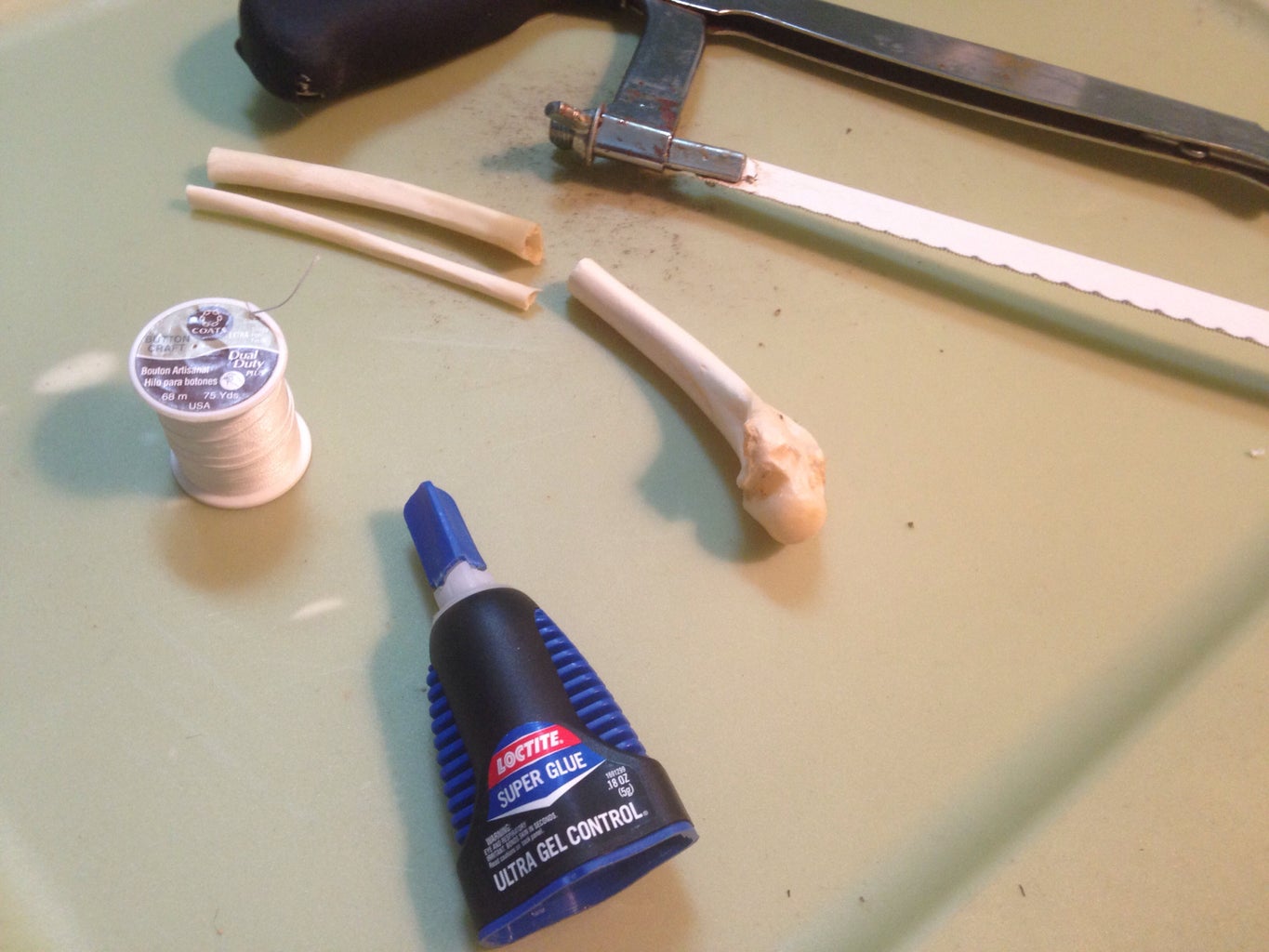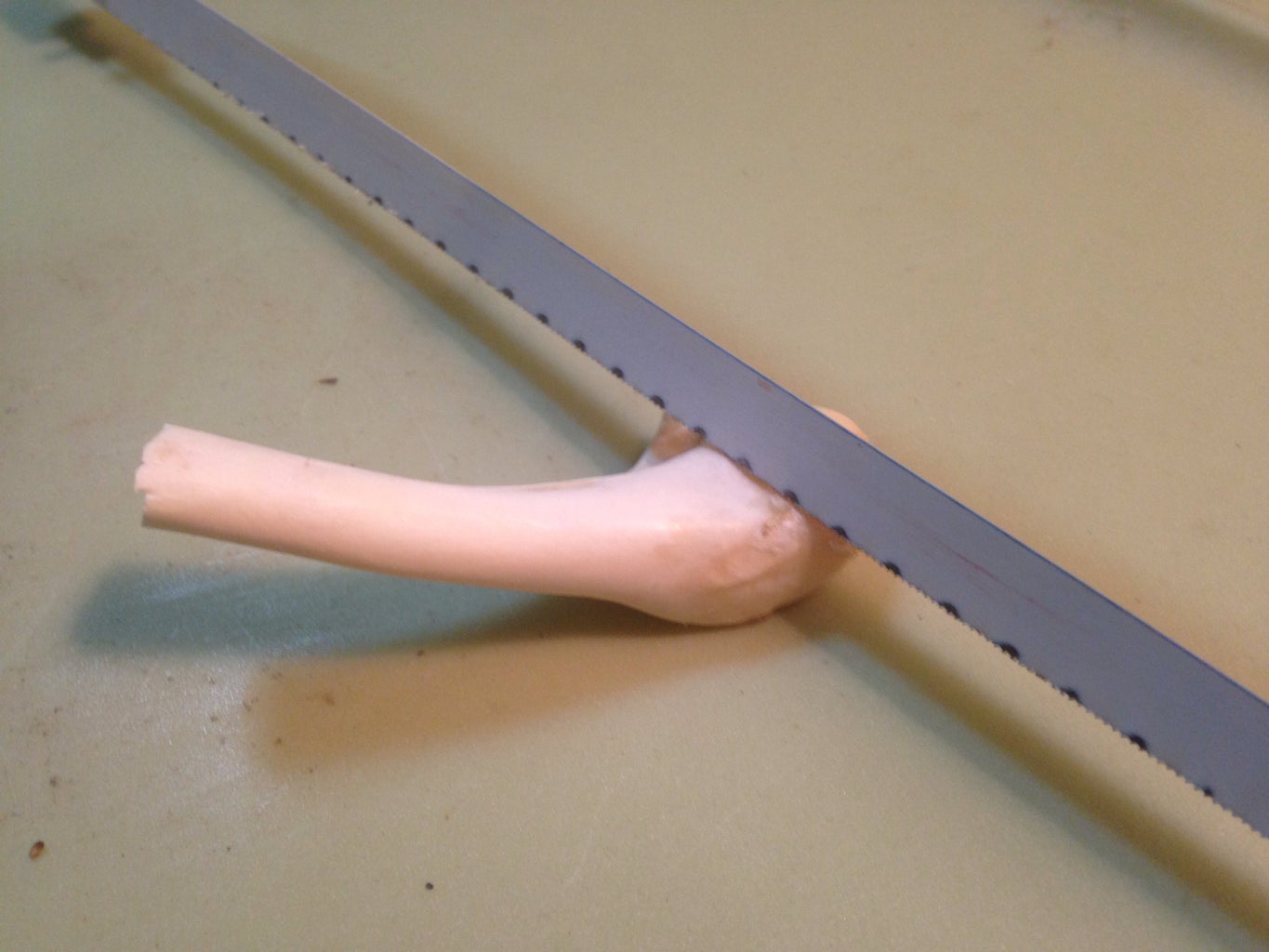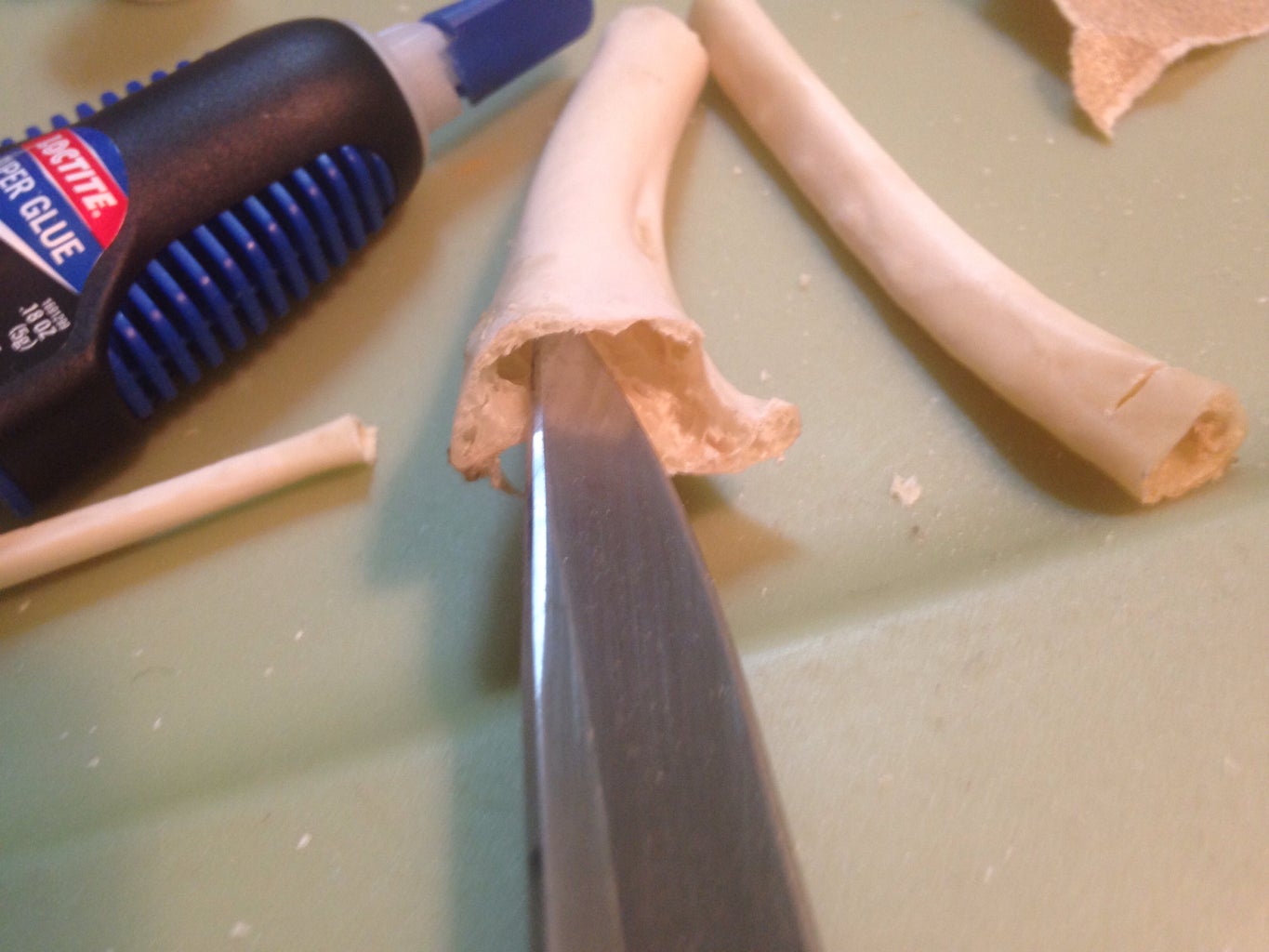A wing bone turkey call, also known as a turkey wingbone yelper, is a popular tool used by turkey hunters to mimic hen turkey sounds and attract in tom turkeys during the hunting season. Learning how to use a wing bone call properly takes practice, but with technique you can become skilled at creating realistic turkey vocalizations to bring gobblers within range.
What is a Wing Bone Turkey Call?
A wing bone turkey call is a friction call made from the bone of a turkey’s wing. It consists of:
-
Mouthpiece – Shaped from the upper section of the wing bone and placed in the mouth
-
Sounding Board – Formed from the lower wider part of the bone The mouthpiece bone rubs against this
-
Peg – A wooden or plastic peg inserted through the center of the bones to hinge them together
When breathed into, the mouthpiece vibrates against the sounding board to mimic turkey sounds like clucks, purrs and yelps. The joints allow flexibility to alter pitch.
How to Use Proper Technique
Using proper technique is key to creating realistic sounds and bringing in more turkeys with a wing bone call:
-
Hold Correctly – Grip the sounding board firmly in one hand and the mouthpiece lightly between your lips. Do not cover the air holes with your hand.
-
Lip Position – Place the mouthpiece edge centered between tightly closed lips. Do not insert it into the side of your mouth.
-
Airflow – Blow sharp bursts of air by abruptly sucking in rather than blowing out. Imagine sucking through a straw.
-
Adjust Pressure – Apply light pressure between mouthpiece and sounding board. Start light and increase friction to alter tone.
-
Alter Pitch – Pivot the mouthpiece on the peg to make higher or lower pitched sounds.
-
Practice Breath Control – Work on regulating the intensity of your sucked in bursts to master volume and realism.
With the right technique, you can create loud attention-grabbing yelps, soft purrs and all turkey sounds in between.
How to Yelp Using a Wing Bone Call
The yelp is the most common and useful call to master. Turkey hens use yelps of varying pitch and volume to communicate over distance. Follow these steps to yelp using your wing bone:
-
Hold the call correctly with the sounding board braced and mouthpiece between your lips.
-
Keep your lips tautly closed with no air gaps. Position the mouthpiece edge centered.
-
Inhale sharply and briefly through your mouth to create an abrupt sucking sound. This forces air over the mouthpiece to produce the yelp.
-
Make short sucked in bursts while slightly altering the mouthpiece angle to create realistic pitch changes in your yelps.
-
Adjust how sharply you inhale to make louder excited yelps or soft contact yelps.
-
Practice repeatedly while walking and scanning for turkeys to master realistic yelping.
With practice, you’ll be expertly yelping to grab the attention of toms looking for available hens. Remember to inhale sharply rather than blow air out.
Advanced Tips and Techniques
Once you’ve mastered basic yelping, further tips can make your calling more realistic and effective:
-
Use less friction for high-pitched yelps made by young hens.
-
Increase friction for the deeper yelps of mature hens.
-
Make clucks and purrs by allowing some air to escape through your lips on the inhale.
-
Combine different calls in natural sequences. Don’t just repeat yelps.
-
Mimic the cadence of real turkey vocalizations by varying call speed and pauses.
-
Practice calling aggressively when turkeys are far away and softly when they are nearby.
With persistence, wing bone calls allow you to speak the language of turkeys. Use these techniques to hone your skills this turkey season.

Introduction: Wingbone Turkey Call


Step 2: Cut Bones to Length


How To Use The Parsons’ Wingbone Turkey Call
FAQ
What is the best turkey call for beginners?
What words to say when using a turkey mouth call?
How do you make a turkey wing call?
To build the call you’ll need a turkey wing, epoxy, super glue, saw, and string. To whiten the bones, you’ll need some dish soap and high-powered hydrogen peroxide called 40 Volume Developer. Access the newest seasons of MeatEater, save content, and join in discussions with the Crew and others in the MeatEater community.
How do you use a wingbone Yelper?
You could also simply tie a lanyard above the mouth stop. A wingbone yelper can hold great appeal for turkey hunters. It conveys a sense of spirituality and connection with one’s prey by using non-edible parts of deceased birds to call living ones to the gun. If taken care of properly, one of these can last a lifetime.
How do you make a Turkey Yelper a lanyard keeper?
An easier solution is to make the lanyard keeper from a snake-type guide, such as those used on fly rods, that you affix somewhere along the length of the call with epoxy. You could also simply tie a lanyard above the mouth stop. A wingbone yelper can hold great appeal for turkey hunters.
